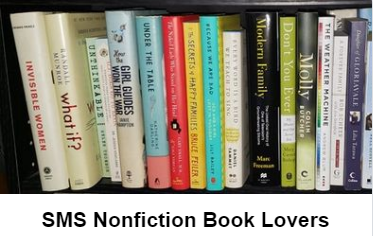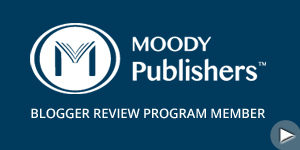This book was read for the 888 Challenge and Canadian Book Challenge 2.
The full title is: The Reading Solution: Making Your Child a Reader for Life
“If you are a parent you need to read this book.” – from the Foreword by Robert Munsch
WOW! I was looking for a book to help me understand the process children go through when they learn to read so that I would know what to do when it comes time to teach my child how to read in our homeschool. This book is made for parents who have children already attending school or whose children will be attending school but it helped me tremendously to understand how they learn to read. Not only that but there are a few chapters for the adult reader too.
So after the Foreword and Introduction are three chapters entitled Why You Are Essential, Learning to Read – Throughout Life and Parents and the School. These three are general chapters explaining why it’s important for the parent to be involved in their children’s literacy, the stages we go trough when learning to read and how we can help ensure our children’s school and teacher(s) are doing the best for our child. (That third chapter helped solidify my decision to homeschool.)
Chapters 5-8 are about specific age groups: Getting Started: Infancy to Age Five, The Beginning Reader: Ages Five to Eight, The Middle Reader: Ages Eight to Ten, The Proficient Reader: Ages Eight to Twelve and The Teenage Reader. In each of these chapters, we are introduced to at least one child who is in that age group. Then the aspects of reading or learning to read that go with that age group including a script of a tape where a parent is reading to/with a child from that group. These chapters include lots of information and ideas. The end of each of these chapters is a list of recommended books.
Chapter 9 is about the Adult Reader and explains how reading is still changing in an adult. We may know how to read now but how we interpret what we read changes as our life changes. There are some tips on finding time to read, including what happens when we don’t make the time to read.
Chapters 10-12 are for parents of Bored Readers (know how to read but just aren’t interested), Reluctant Readers (are still learning to read and having a hard time because of Learning Disabilities) and Gifted Readers (and how it’s a lot harder to please a gifted child that you would think.)
Finally Chapter 13 is titled Reading in Canada: Illiteracy, Aliteracy and the Twenty-First Century. This is a very important chapter that reminds us of where reading is heading into the future. Even though this book was written in the 90’s and we are already in the 21st century, this chapter still has some important points.
Also, throughout the whole book from Chapter 1-13, the side bars contain all sorts of interesting tidbits of information, facts and book suggestions such as: Children’s Reading: The New Isn’t Good, Resources: The Public Library, An Excellent School Reading Program, Five Classics That Have Stood the Test of Time, Parent-to-Parent: Problems Also Start at Home, Nancy Drew and the Hardy Boys, Five Best Magazines for Middle School Kids, What Rock Musicians Read, Those “Series” Books and Two Winners for Kids who Won’t Read Anything.
So what did I like best about this book? The best part is the fact that it’s Canadian. Most of the books I read are American and while most of the time, information wise, it doesn’t matter, it’s nice to see references to Canadian places instead of American ones, to find out about Canadian Organizations or Publications and to read Canadian Facts.









